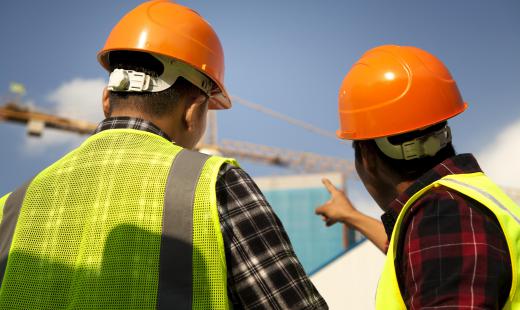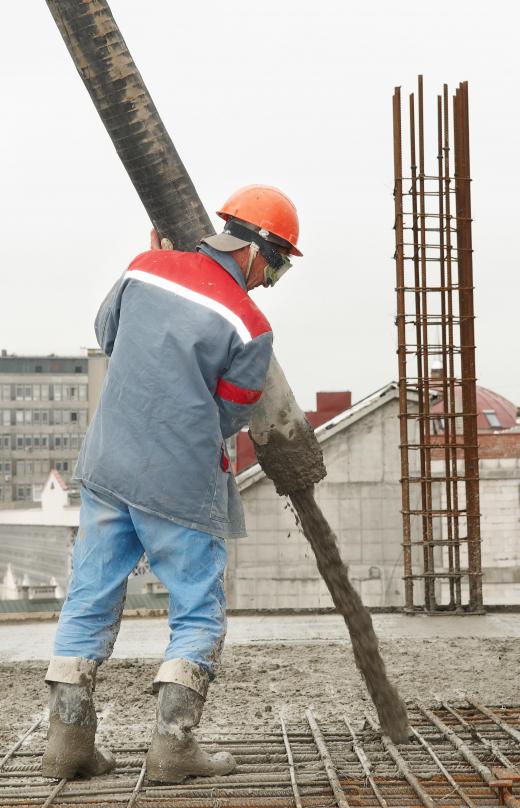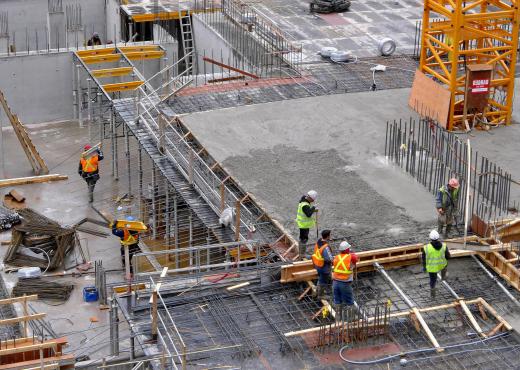Construction alignment lasers have been in use since the 1960s, when their applications first began to be realized. Since then, their use on the job site has expanded by leaps and bounds, with most construction companies making use of lasers on jobs ranging from excavations to sky scrapers. These lasers have increased efficiency as well as ensuring that complex jobs are done properly the first time.
There are a wide variety of forms for construction alignment lasers, depending upon the intended operation. In general, there is a base unit with a transmitter and receiver. Most lasers are mounted on fully rotatable housing so that it can be aimed in any direction. The laser emerges as a fine beam of light, although some have diverters to split the laser into one or more beams.

The laser housing usually has a display screen to show the angle and pitch of the laser, indicating whether it is aligned horizontally with the ground or not. The operator can adjust the position of the laser to achieve the desired angle and then lock it.
Construction alignment lasers are used most frequently in leveling, because a beam of light will remain consistently horizontal as it travels over long distances. These tools are used, therefore, to make sure that excavations and concrete pours are even, as well as ensuring the level of beams and flooring. When used in combination with a vertical laser, they can be used to assure that multiple parts of a structure are even or plumb with one another.

It's also possible to use a construction alignment laser to measure distances, because light travels at a steady rate. When used to measure distances, the laser is pulsed, and the distance is measured by the amount of time it takes for the light to travel to the object and reflect back. Many creative construction crews have come up with other ways in which construction alignment lasers can save time, money and energy.

Construction alignment lasers can come in very small sizes, for applications where access to a quick pocket laser might be needed, to check the alignment or plumb of something. They also come in cab mounted models, so that construction workers operating heavy equipment can check on their work, as well as in base units designed to be positioned in various points on the job site.
Like any laser technology, operators should be careful with construction alignment lasers. Proper eye protection should be worn and the laser should never be directed at an exposed eye. The laser should not be pointed at a highly reflective surface, and use by untrained personnel should not be permitted.
Ever since she began contributing to the site several years ago, Mary has embraced the exciting challenge of being a About Mechanics researcher and writer. Mary has a liberal arts degree from Goddard College and spends her free time reading, cooking, and exploring the great outdoors.

